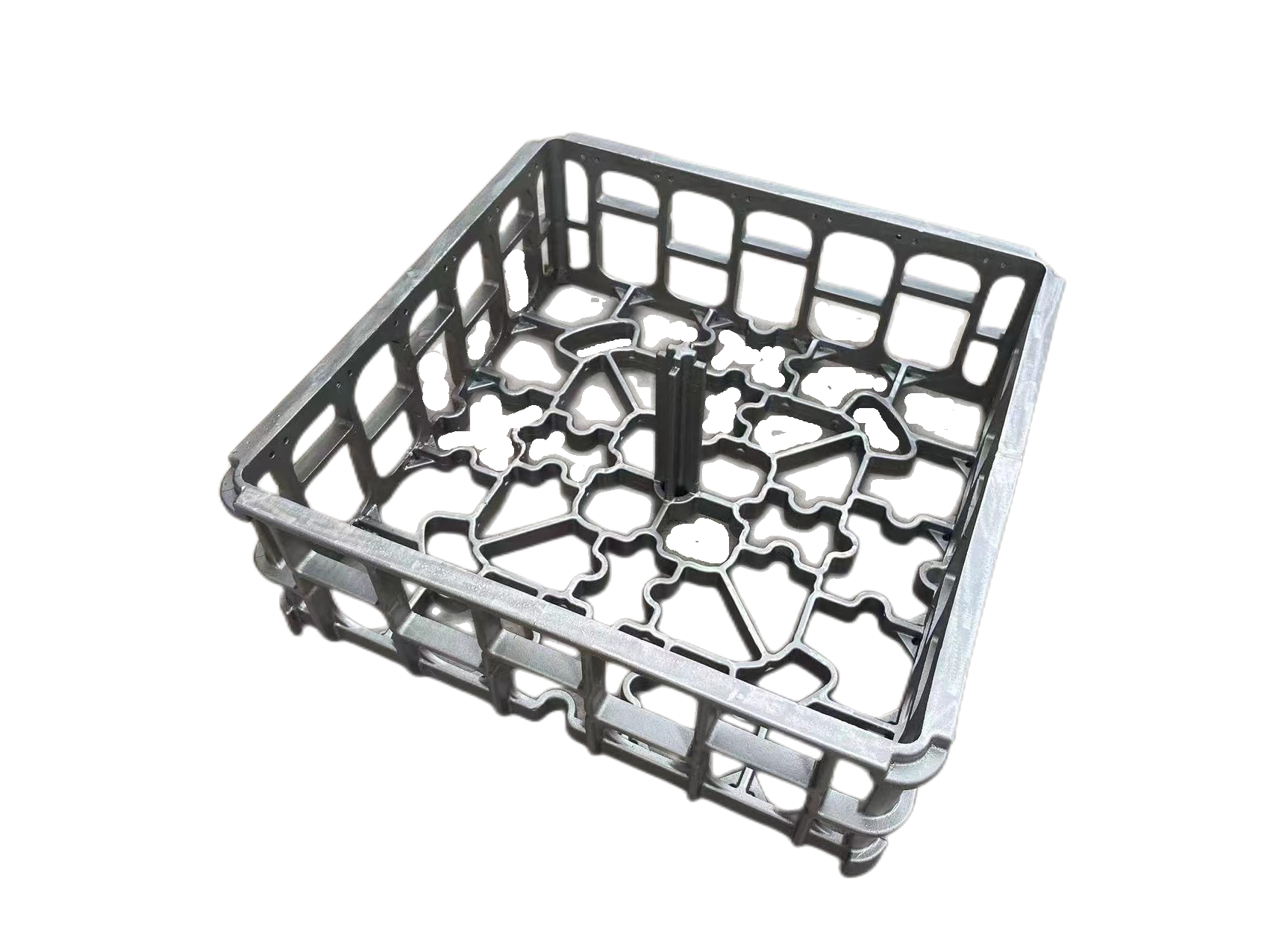magnesya karbon tuvaleti
Magnesia carbonbrick, refractory teknolojisi alanında önemli bir ilerlemeyi temsil ediyor ve magnesia'nın üstün özelliklerini karbonun artırılmış termal ve kimyasal dayanımıyla birleştiriyor. Bu yenilikçi bileşik malzeme, yüksek saflikta magnesia klinker ve genellikle yüksek kaliteli grafit çöpükleri gibi dikkatlice seçilmiş karbon kaynaklarından oluşur. Tuğla'nın bileşimi tipik olarak %8 ila %20 arasında değişen karbon içeriğine sahip olup, termal şok ve şlak sızmaya karşı olağanüstü direnç göstermektedir. Üretim süreci, magnesia ve karbon bileşenleri arasındaki optimal bağlanmayı sağlamak için sofistike karıştırma teknikleri, yüksek basınçlı biçimlendirme ve özel tutunma prosedürleri içerir. Bu tuğlalar, harika termal istikrar gerektiren ortamlarda öne çıkarlar ve yapısal bütünlüğü korurken 1700°C'den daha yüksek sıcaklıklara dayanabilme yeteneğine sahiptirler. Karbon içeriği şlak sızmeyi önemli ölçüde azaltmak için nemlenmeye uygun olmayan bir yüzey oluştururken, magnesia mükemmel refractoriness (ateşlenebilirlik) ve temel şlak direnci sağlar. Çelik üretimi sırasında bu tuğlalar, aşırı termal çevrim ve agresif kimyasal ortamlarla karşılaştıkları temel oksijen fırınları, elektrik ark fırınları ve çelik kaselerinde özellikle değerlidir. Malzemelerin benzersiz kombinasyonu aynı zamanda uzun hizmet ömrünü artıran ve endüstriyel uygulamalarda bakım gereksinimlerini azaltan iyileştirilmiş termal iletkenliğe ve azaltılmış termal genişlemeye neden olur.
